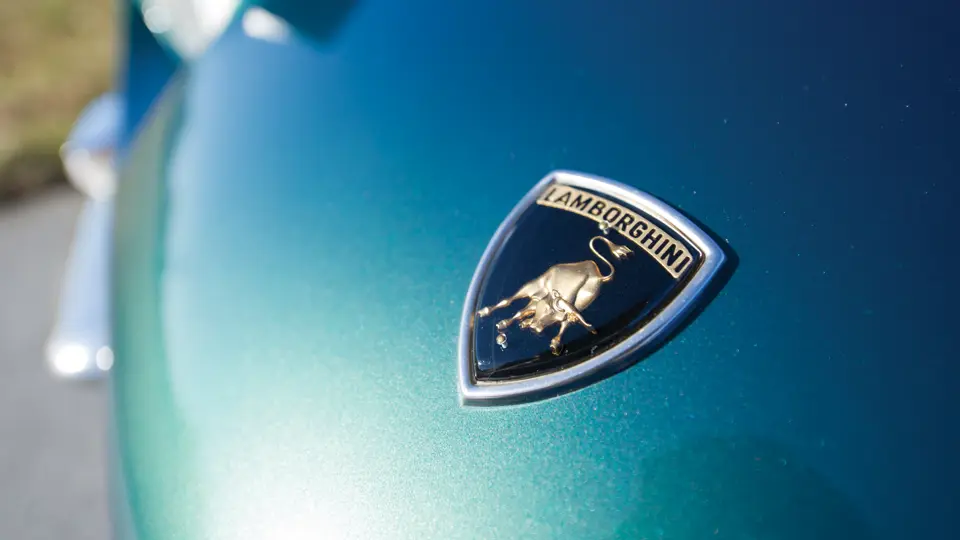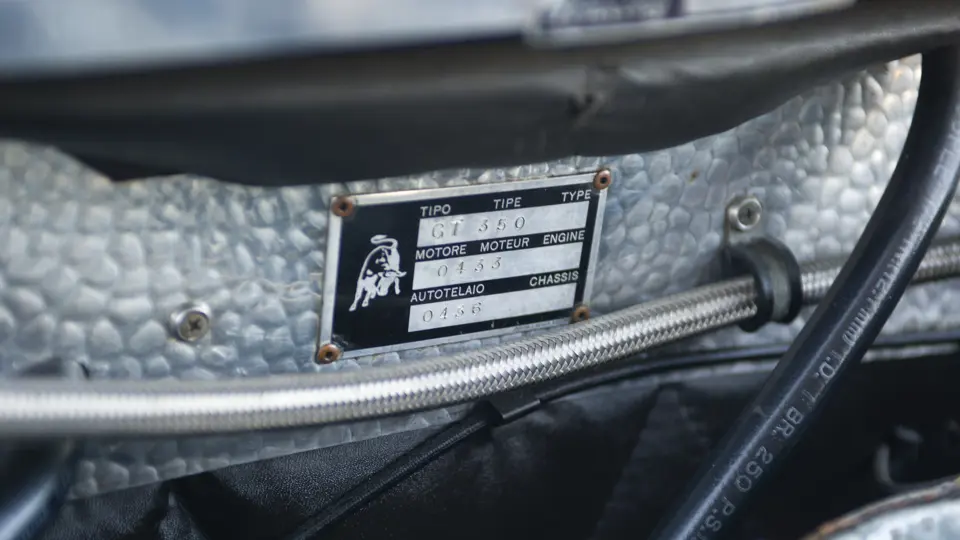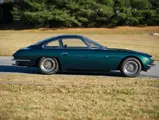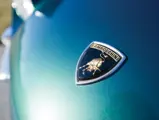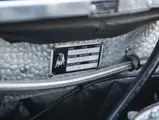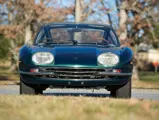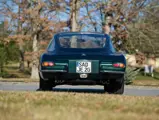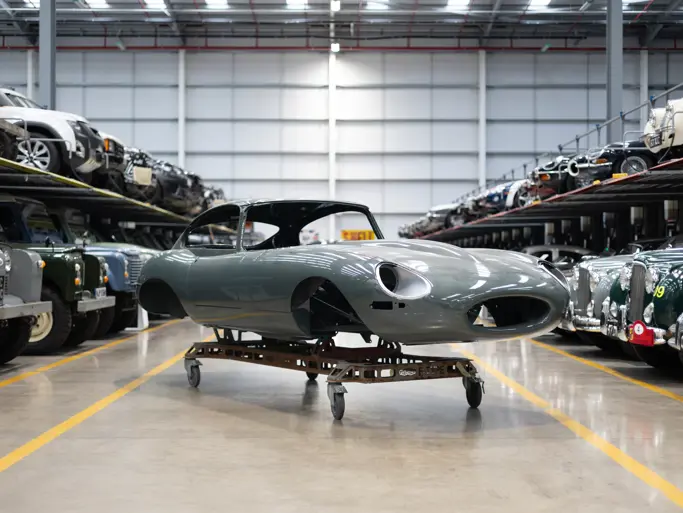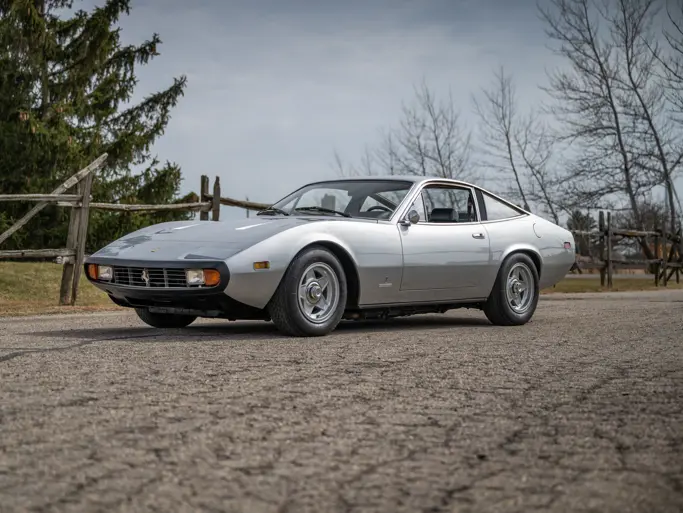280 hp, 3,464 cc DOHC V-12 engine, 6 Weber 40 DCOE two-barrel carburetors, five-speed manual gearbox, independent front and rear suspension by coil springs, unequal length wishbones and sway bars, and four-wheel Girling hydraulic disc brakes. Wheelbase: 100.4 in.
• Matching numbers with desirable five-speed gearbox
• Expert care by Ned Gallaher since 1978; full mechanical restoration in 2008
• Impressive original interior; body refinished in correct Pino Verde Metallico
• Featured in numerous publications on Lamborghinis
• Amelia Island special award winner; known history from new
True or not, the fable endures that wealthy Italian businessman Ferruccio Lamborghini was snubbed by Enzo Ferrari when he dared to critique cars he had bought from the company. However, it is without doubt that Lamborghini determined to go one better than Ferrari when building his own line of Italian supercars. As a successful tractor manufacturer, Lamborghini was capable of series production, but he required engineering expertise to produce an exciting and exceptional automobile.
Here, Enzo Ferrari unwittingly helped the Sant’Agata industrialist. There had been a defection (known as the palace revolt) among the top ranks of Ferrari’s employees in 1961 and some first-rate designers were now freelancing. Lamborghini assembled a veritable dream team, which included designers Giotto Bizzarini and Gian Paolo Dallara, test/development driver Bob Wallace, the racing shop of Neri & Bonanci in Modena, and Franco Scaglione, who created the renowned Alfa Romeo Bertone BATs. Between them, they developed the Lamborghini 350 GTV concept, which was the sensation of the May 1963 Geneva Auto Show.
With sharp aerodynamic lines, a low frontal profile with pop-headlights, and a skinned in aluminum-paneled body over a steel tube frame, the 350 GTV was stunning. It was powered by Bizzarini’s 3.4-liter DOHC V-12. Basically a racing engine, it was equipped with down-draft Weber carburetors, a dry sump, and it produced up to 400 horsepower at 11,000 rpm. The 350 GTV was later shown at the October 1963 Turin show, but its bare-bones racing profile alarmed some observers who were concerned with how the powerplant could fit under the low-line hood.
Lamborghini was convinced that the 350 GTV was too radical to be a usable road car, and he directed Wallace and Dallara to modify the design. The engine was detuned, the dry-sump setup was replaced with a wet sump, and the side-draft carburetors were fitted for a lower hood line. Compression was reduced from 11:1 to 9.4:1, and less radical cams were fitted. The result delivered 270 horsepower (later 280 horsepower) through a five-speed ZF gearbox, and it featured independent suspension and four-wheel power disc brakes to accomplish suitable high-speed handling and braking.
Neri & Bonancini made the first few frames until production was under way, when the job was handed to Marchesi. Touring of Milan built the bodies with their signature superleggera construction method and created elegant oval headlights to replace the complicated pop-up lights. When the production 350 GT debuted at the March 1964 Geneva Auto Show, it was to great acclaim. The first 350 GT was delivered to its buyer on July 31, 1964.
The 350 GT was an immediate success as a grand touring machine; it was quiet at speed, beautifully finished, and a capable performer, with a 0–60 time of 6.8 seconds and a top speed of 158 mph. The engines were dynamometer-tested for 24 hours before installation, first electronically, then under their own power. They were designed to withstand 40,000 miles of enthusiastic motoring, and the resulting powerplant proved refined and durable. In all, only 143 examples were built before the body was revised by Touring into the 400 GT 2+2, in 1966.
The car on offer today, chassis number 0436, was delivered new to Switzerland but has been in long-term American ownership. A very well-known and fully documented example, it is accompanied by books and correspondence with the factory. Chassis 0436 has been extensively referenced and photographed in books on the Lamborghini marque. These include The History of Lamborghini by Rob de la Rive Box, The Illustrated Lamborghini Buyer’s Guide, the Lamborghini Traume auf vier Radern, and Mag Het Eet Ferrari Zijn.
Spectacularly refinished in its correct Pino Verde Metallico in 2008, this 350 GT displays superb panel fit and brightwork, and it rides on perfect Borrani wire wheels. The black leather interior remains in original condition with an inviting patina, and the car is fitted with a splendid, wood steering wheel. Chassis 0436 has covered very few miles since it was mechanically rebuilt by long-term owner Ned Gallaher.
This car also features a number of late-production improvements, such as the superior Lamborghini five-speed gearbox. Gallaher maintained and serviced 0436 for 10 years before acquiring it for himself in 1988. Since 2008, he has rebuilt the engine, clutch, brakes, suspension, and exhaust. The frame was cleaned and painted when the car was disassembled, and the rubber seals and carpet were replaced. Gallaher won the coveted Spirit of Buddy Palumbo Award at the 2009 Amelia Island Concours d’Elegance. This special prize honors the “best car restored by its owner and driven to the event.”
The Lamborghini 350 GT is one of the desirable, early two-seater versions of Lamborghini’s first car, and it quickly earned the stature to catch the imagination of the wealthy entrepreneurs whose purchases were transforming the public’s idea of what a V-12 supercar should be. Together with the Ferrari 275 GTB, it represented the pinnacle of street-going speed and style at the time. This year marks the 50th anniversary of Automobili Lamborghini S.p.A., and with the introduction of their first production car, the 350 GT, there was to be another great Italian marque with its roots based in passion and design.
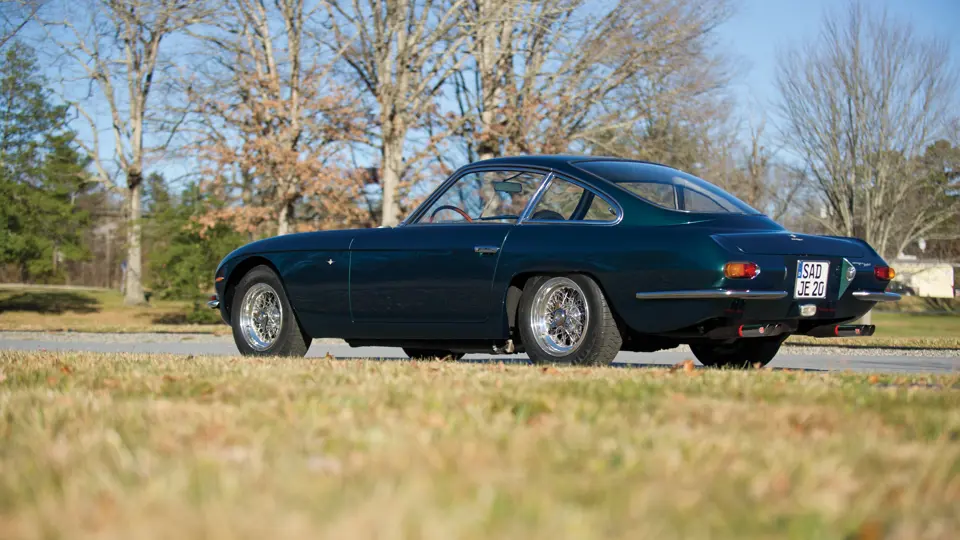



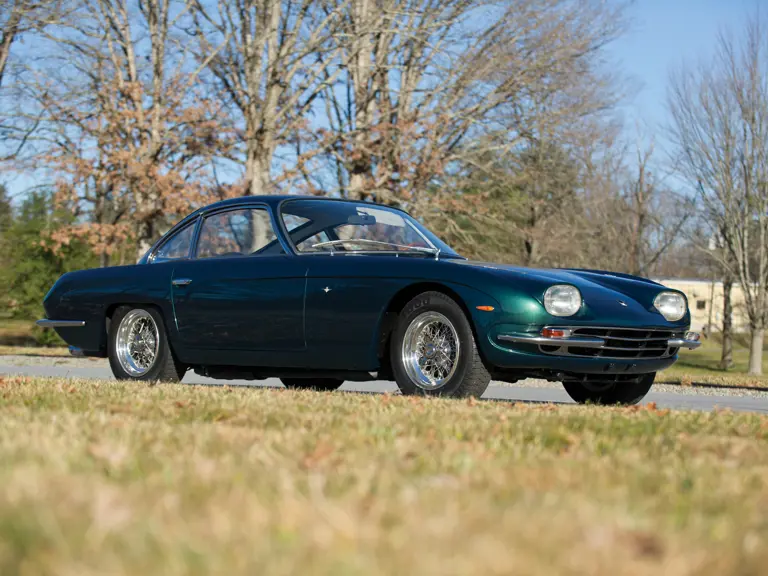
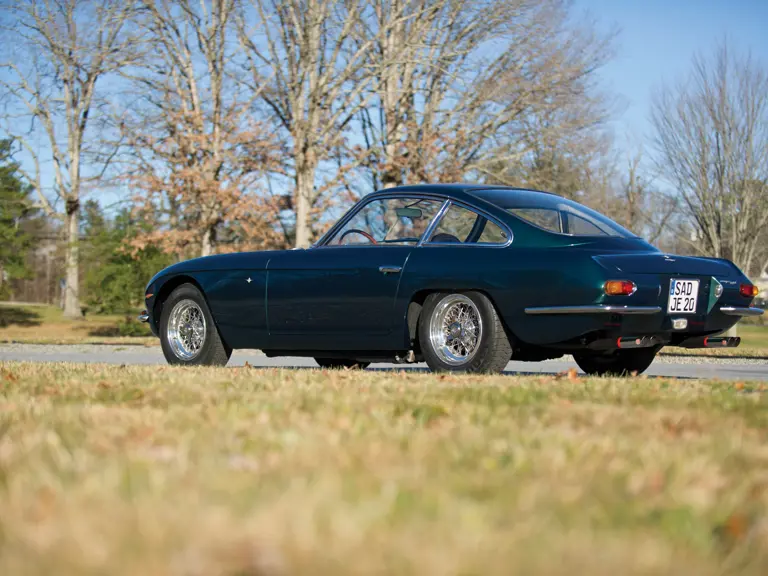
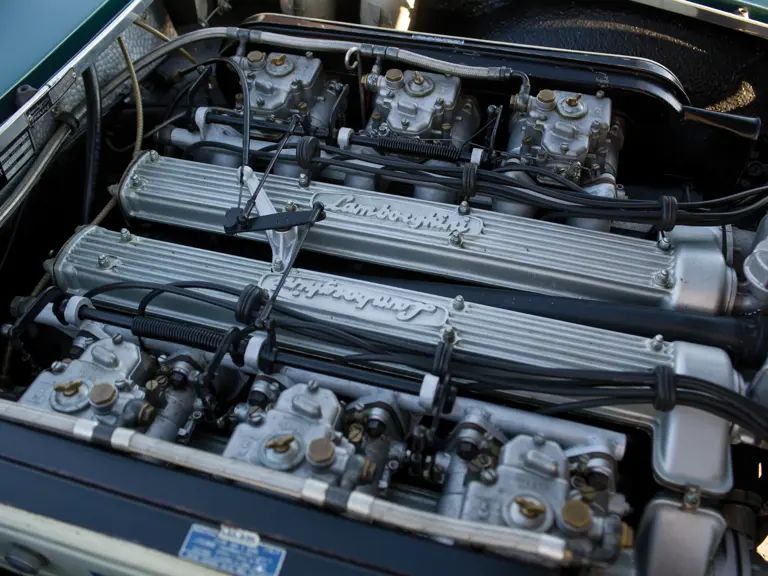
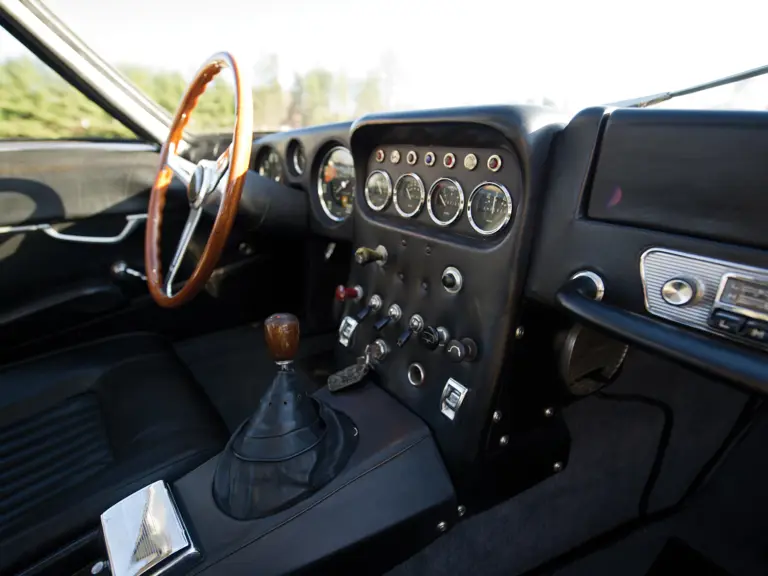
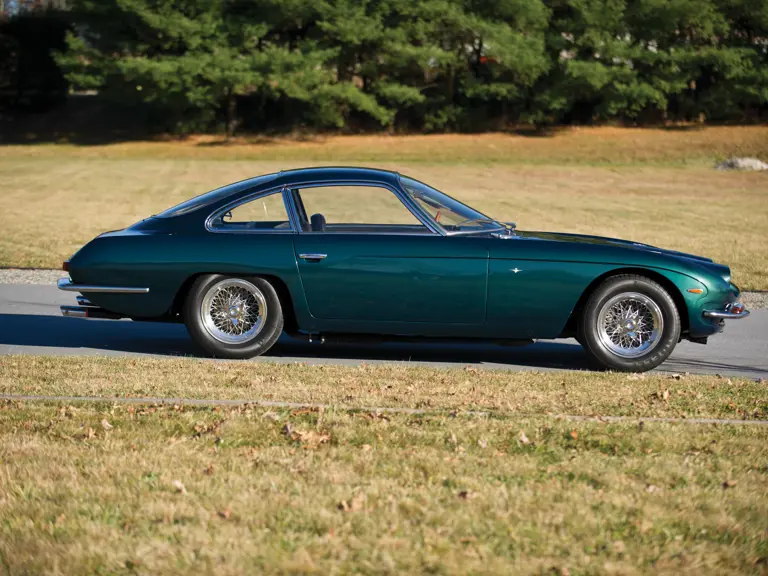
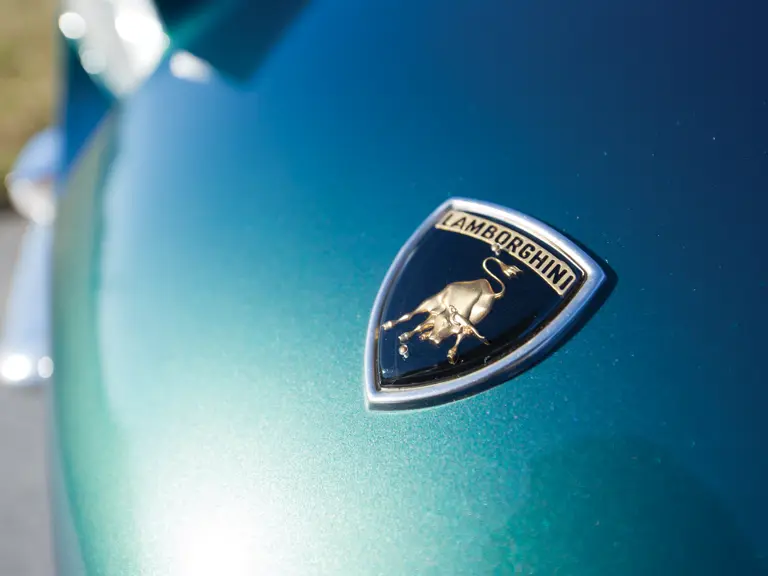
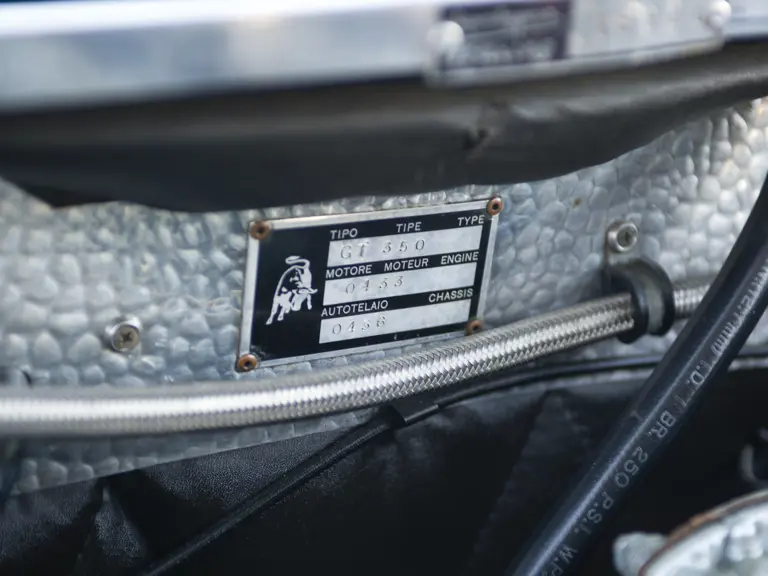

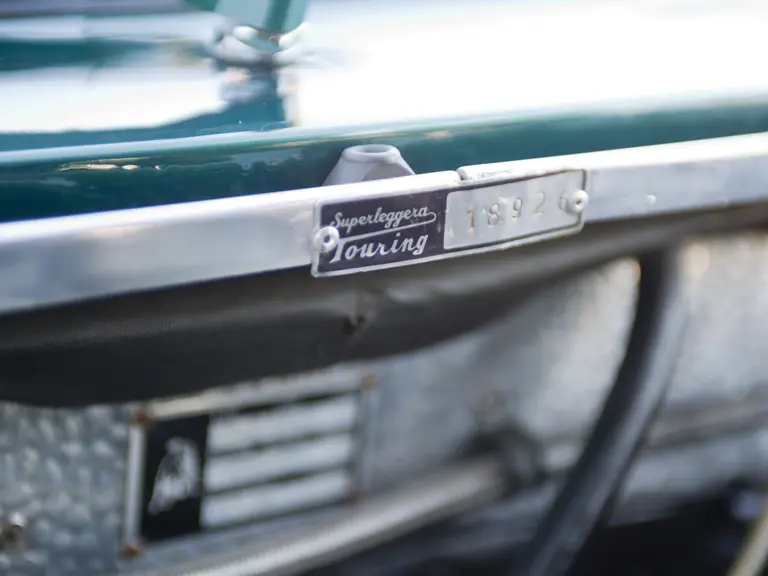
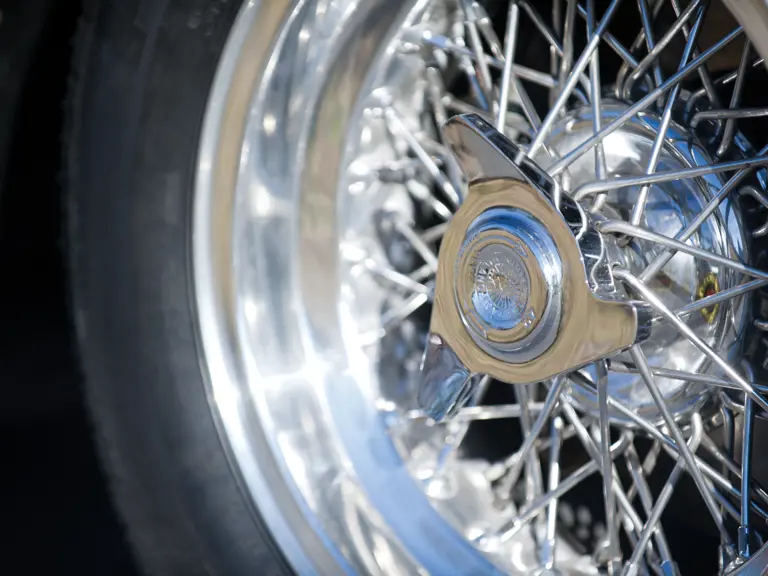
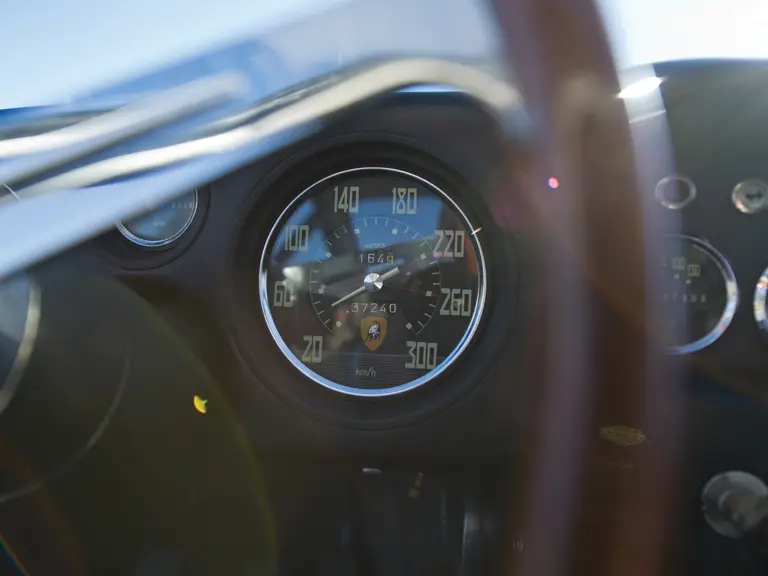
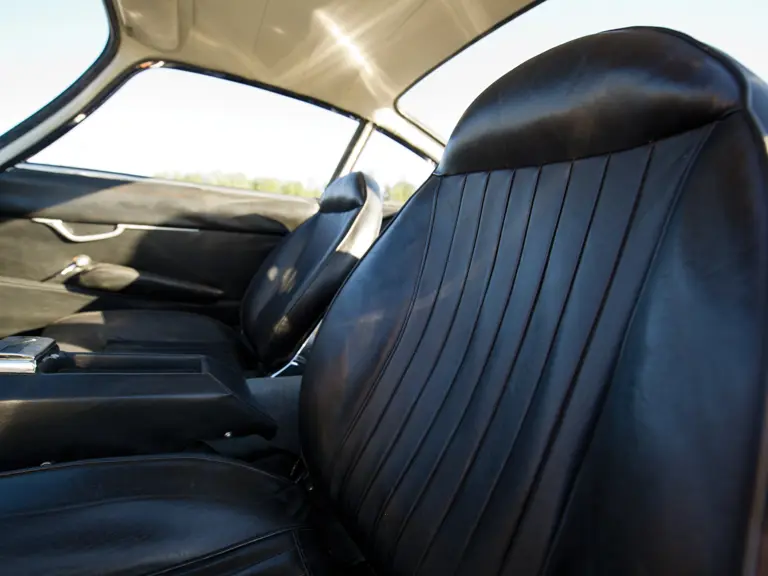

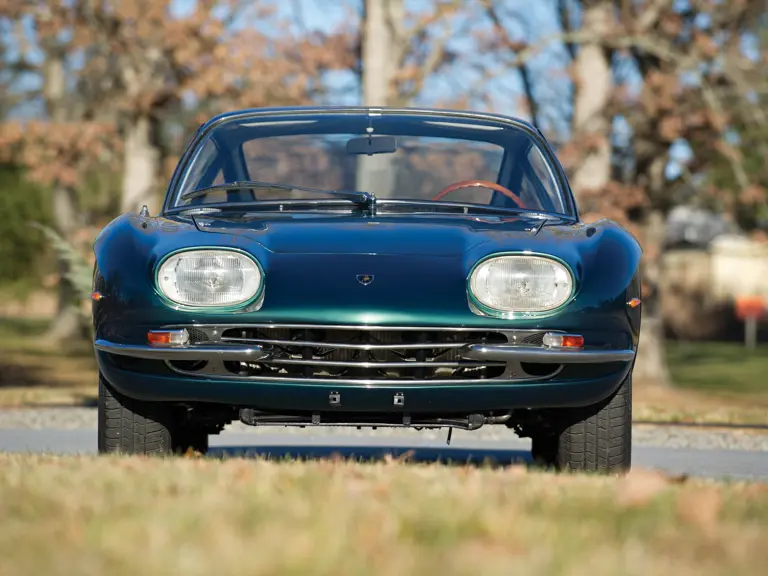


 | Phoenix, Arizona
| Phoenix, Arizona

